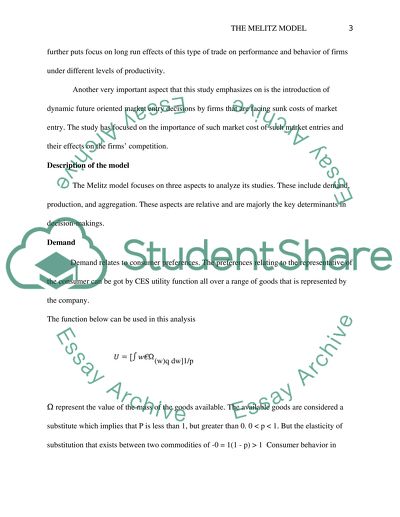Cite this document
(“International trade Essay Example | Topics and Well Written Essays - 1500 words”, n.d.)
International trade Essay Example | Topics and Well Written Essays - 1500 words. Retrieved from https://studentshare.org/macro-microeconomics/1473131-international-trade
International trade Essay Example | Topics and Well Written Essays - 1500 words. Retrieved from https://studentshare.org/macro-microeconomics/1473131-international-trade
(International Trade Essay Example | Topics and Well Written Essays - 1500 Words)
International Trade Essay Example | Topics and Well Written Essays - 1500 Words. https://studentshare.org/macro-microeconomics/1473131-international-trade.
International Trade Essay Example | Topics and Well Written Essays - 1500 Words. https://studentshare.org/macro-microeconomics/1473131-international-trade.
“International Trade Essay Example | Topics and Well Written Essays - 1500 Words”, n.d. https://studentshare.org/macro-microeconomics/1473131-international-trade.


